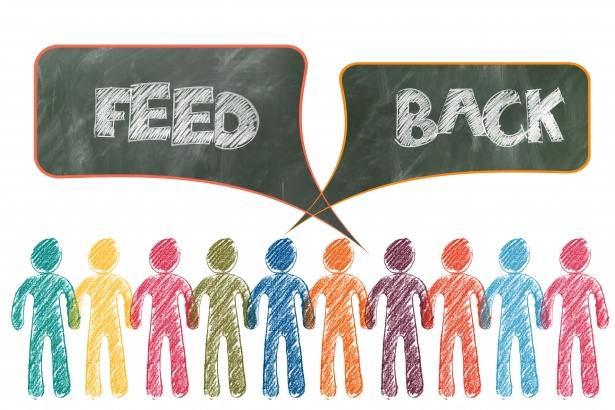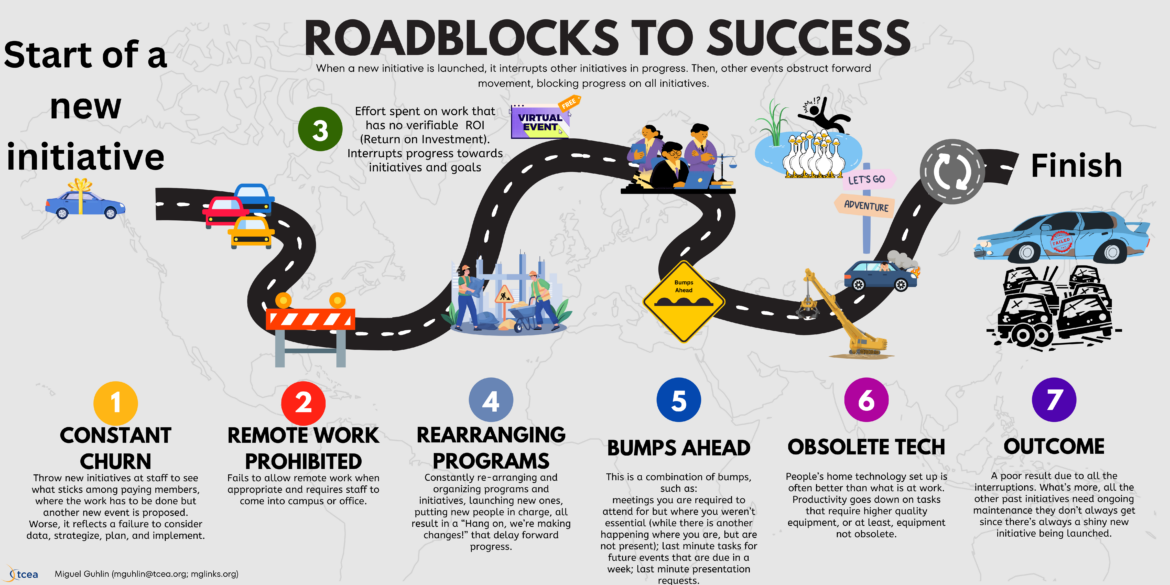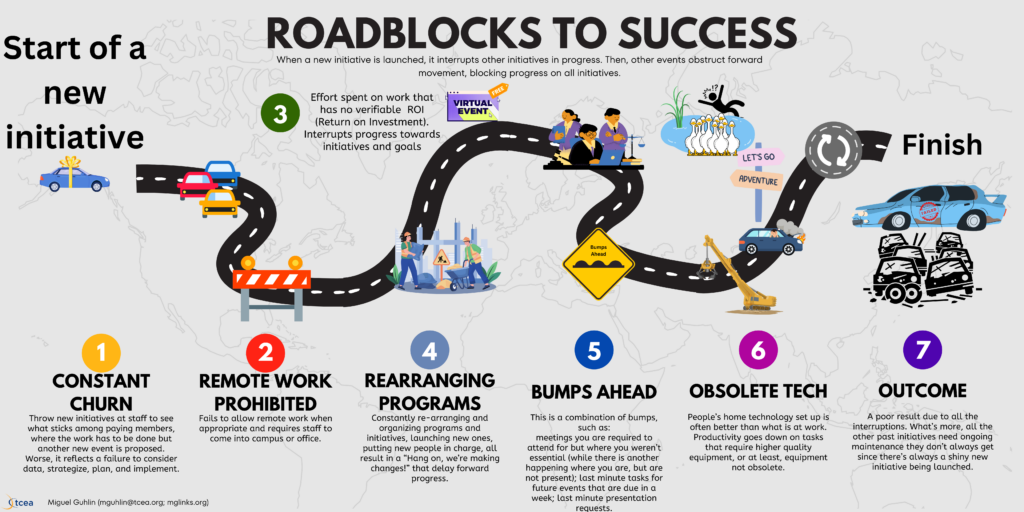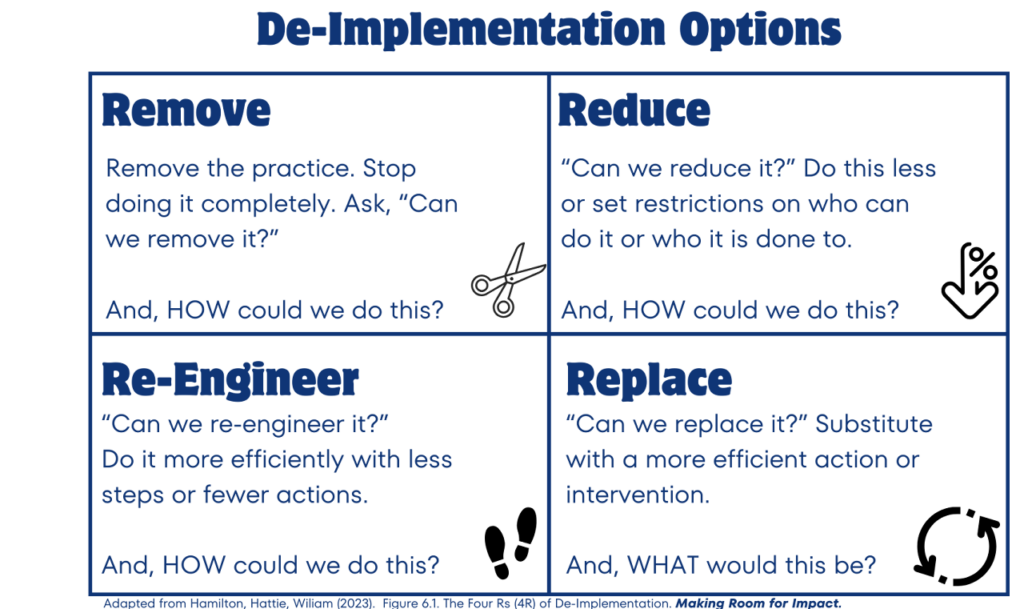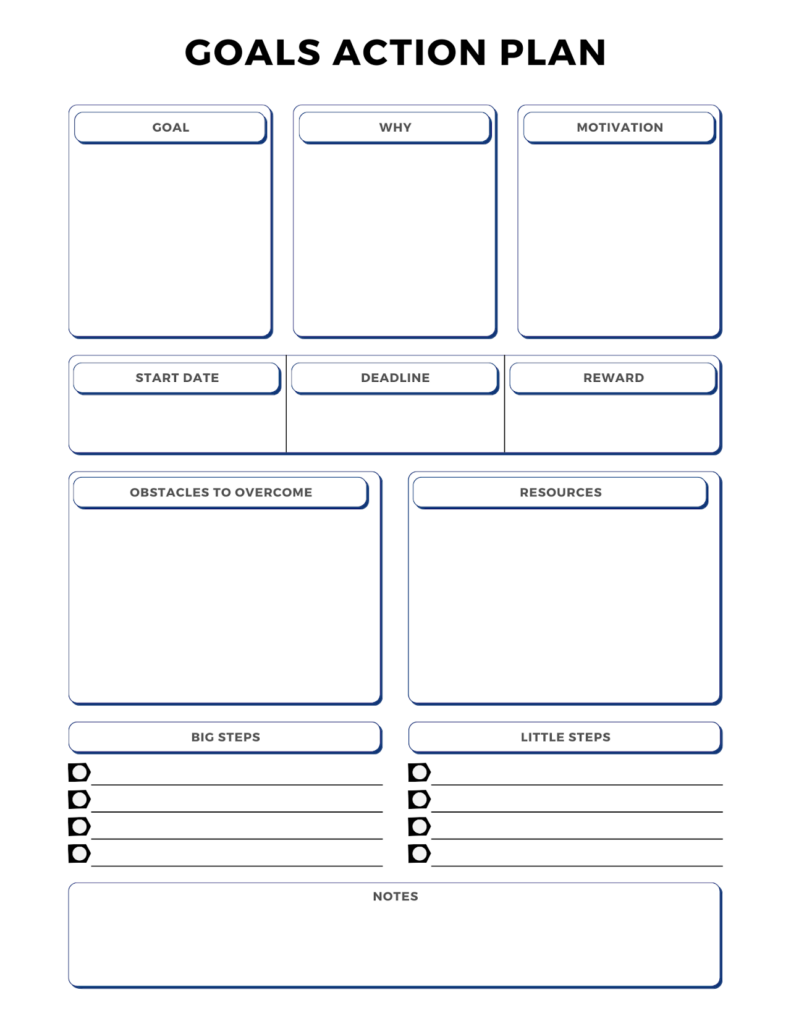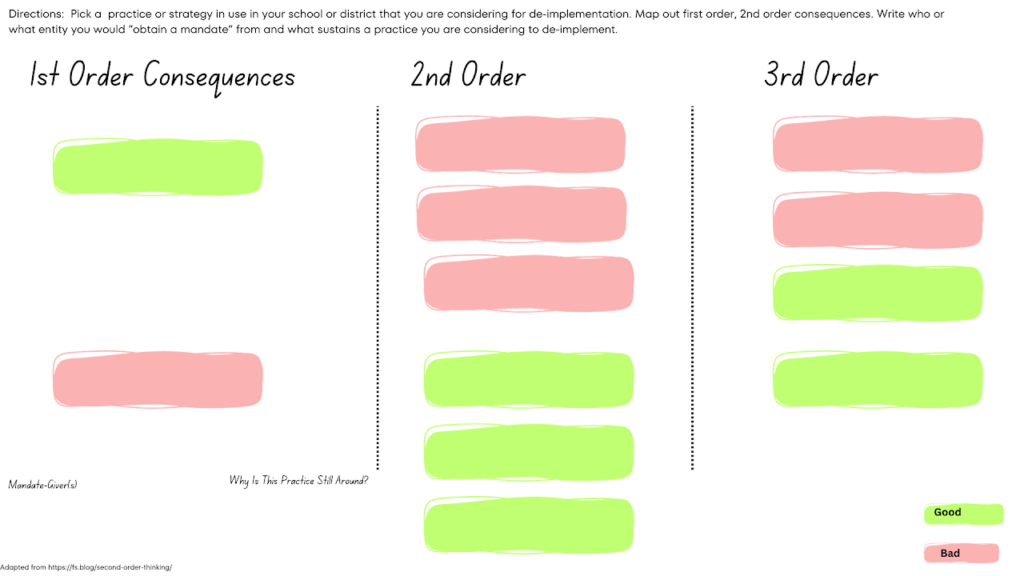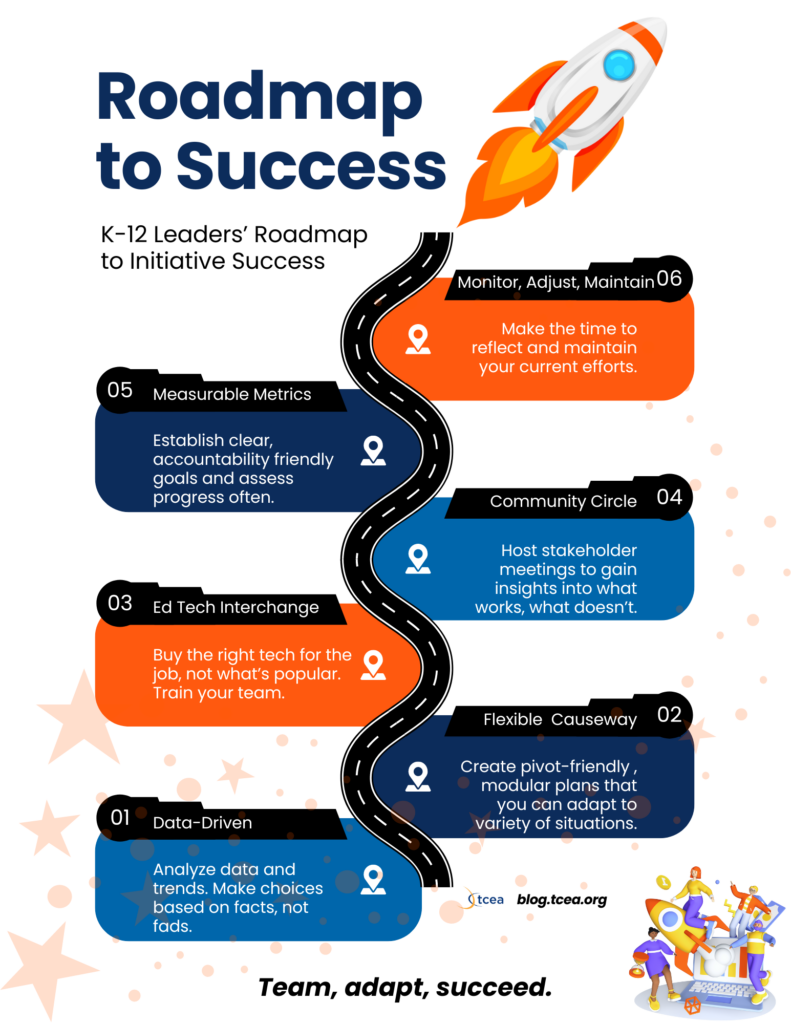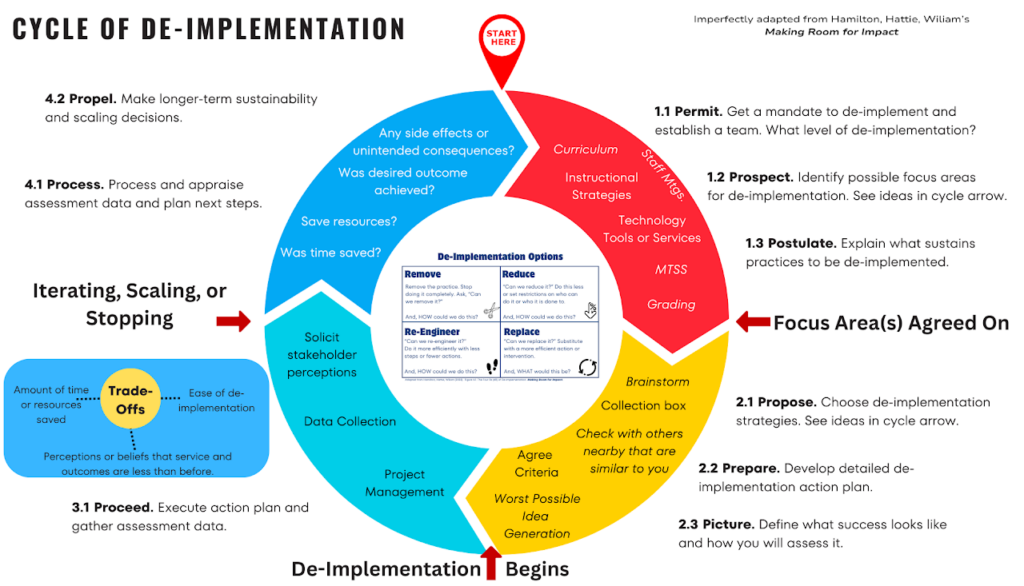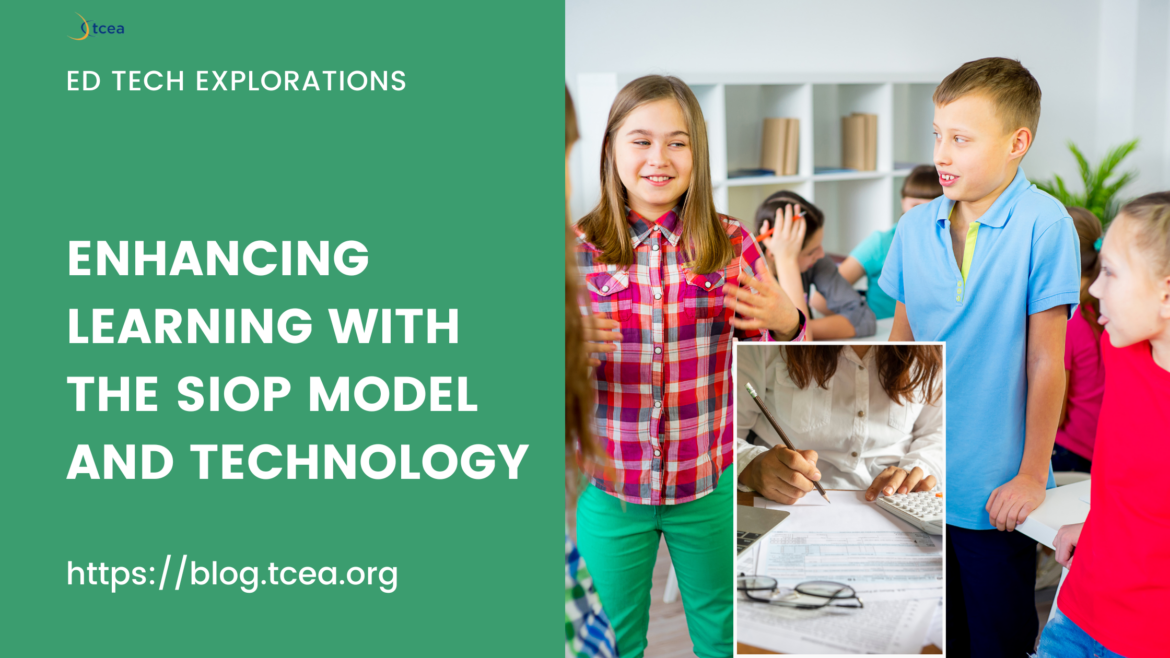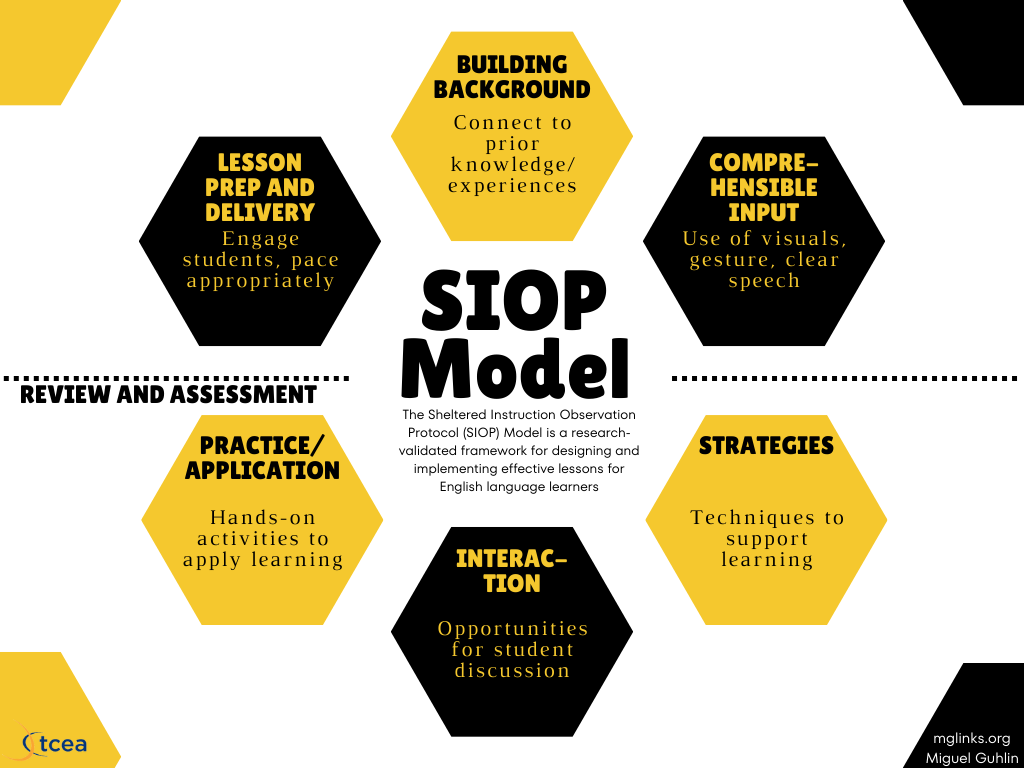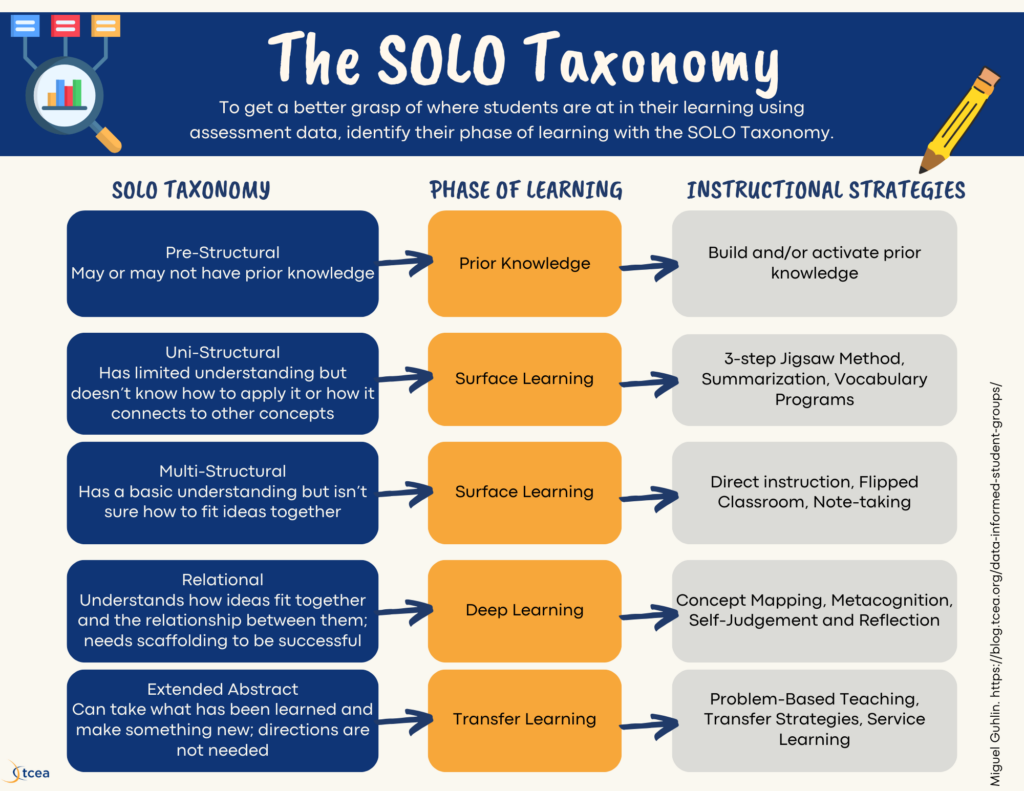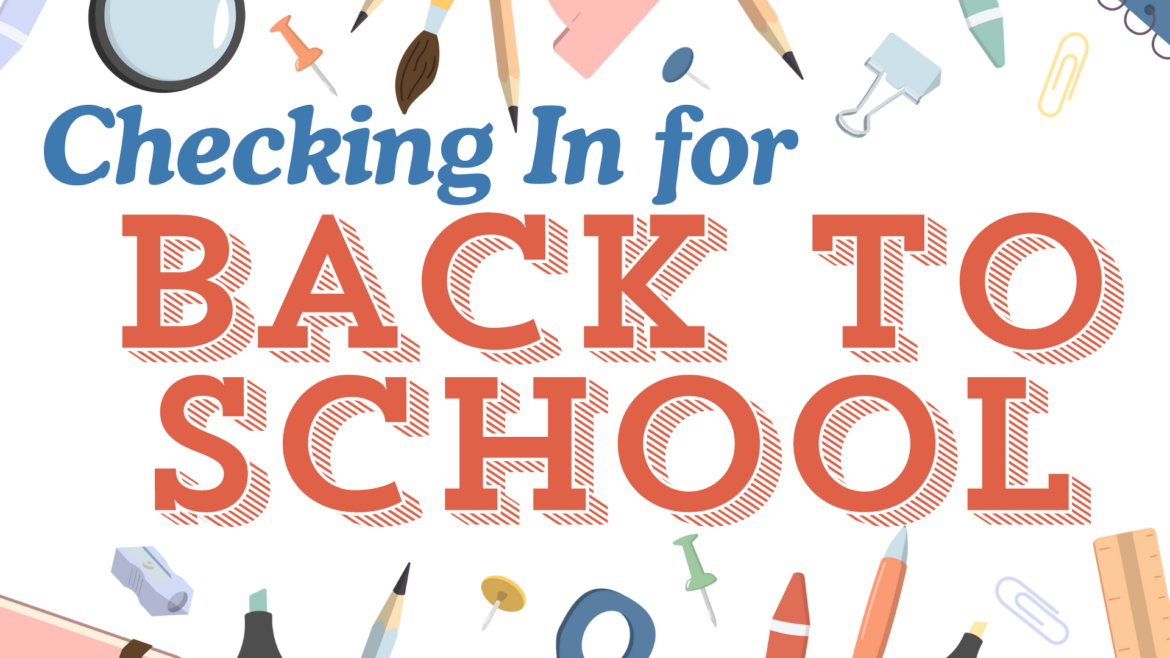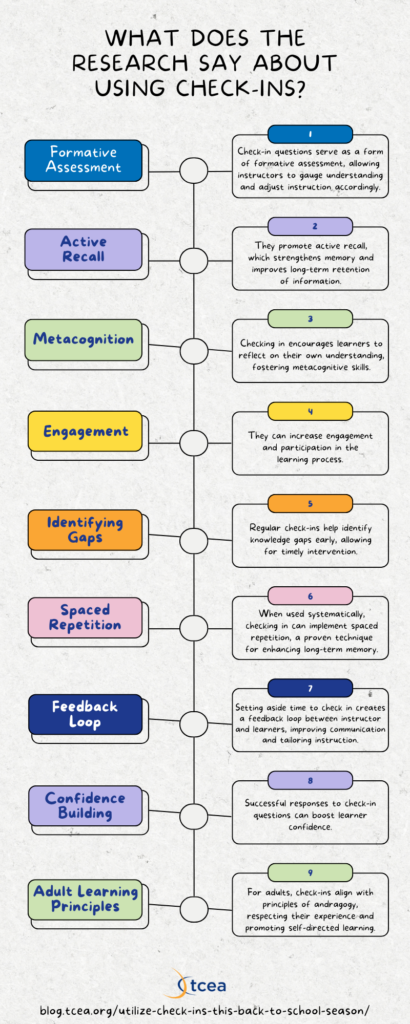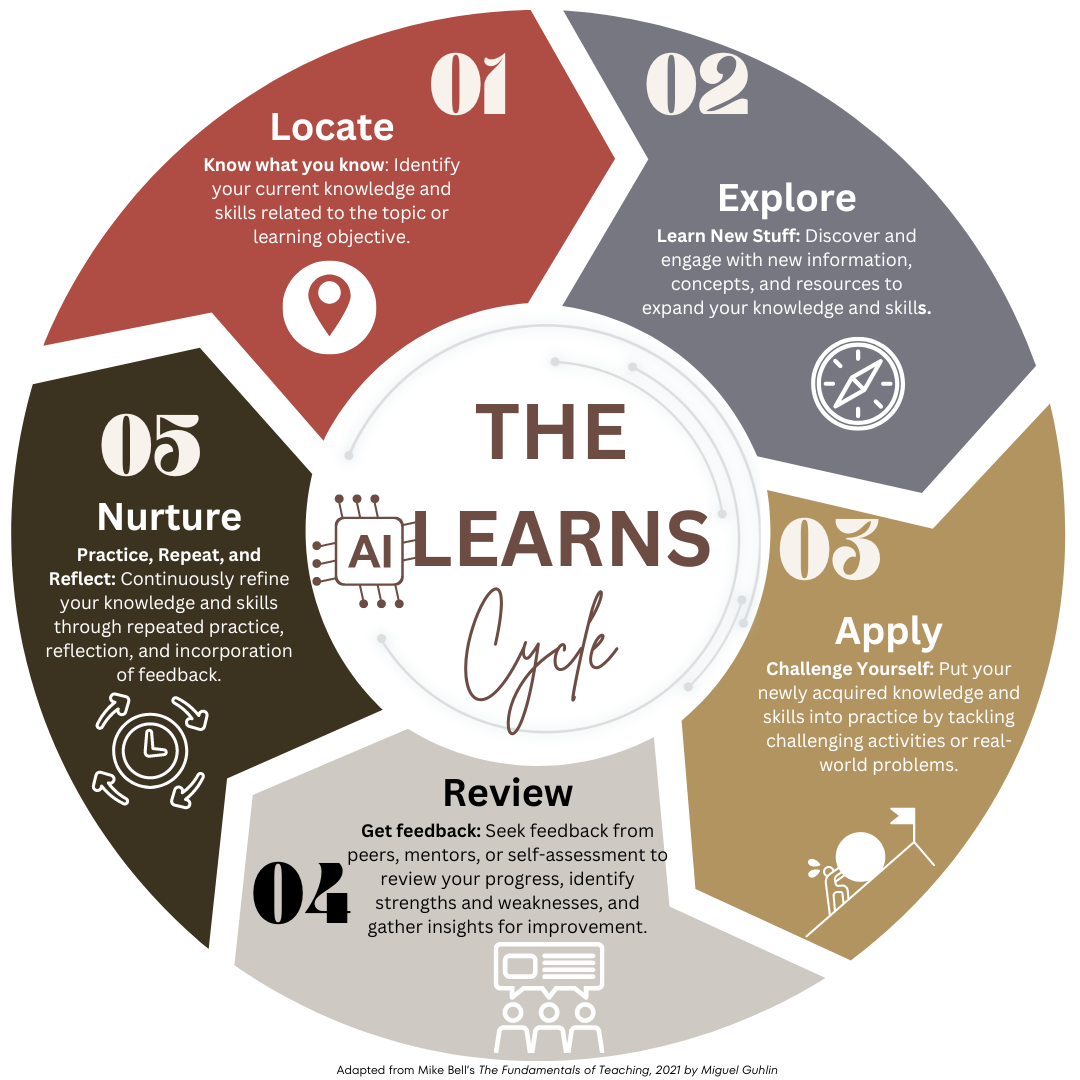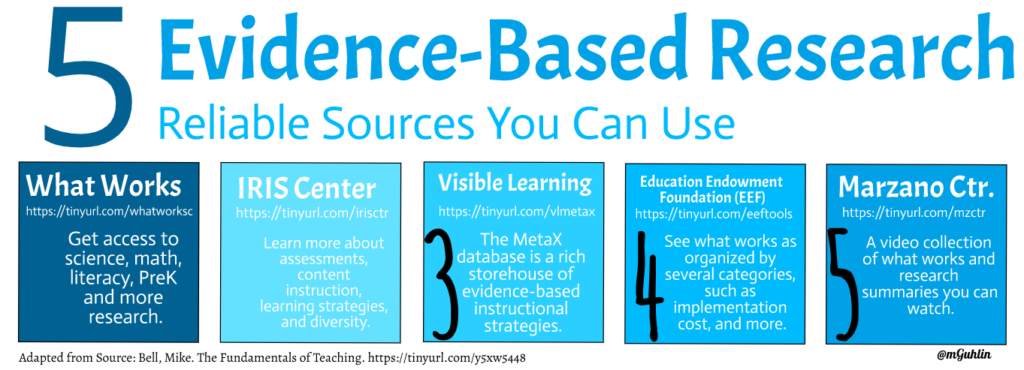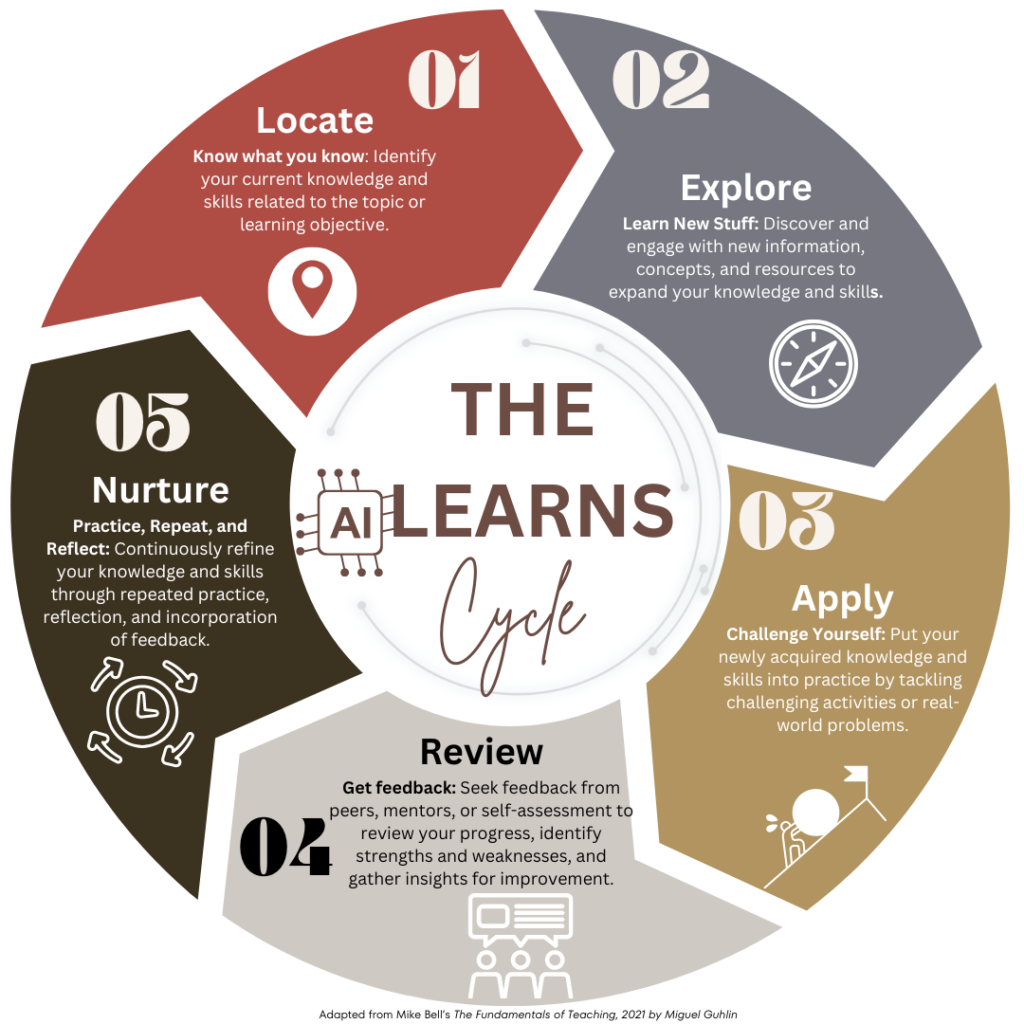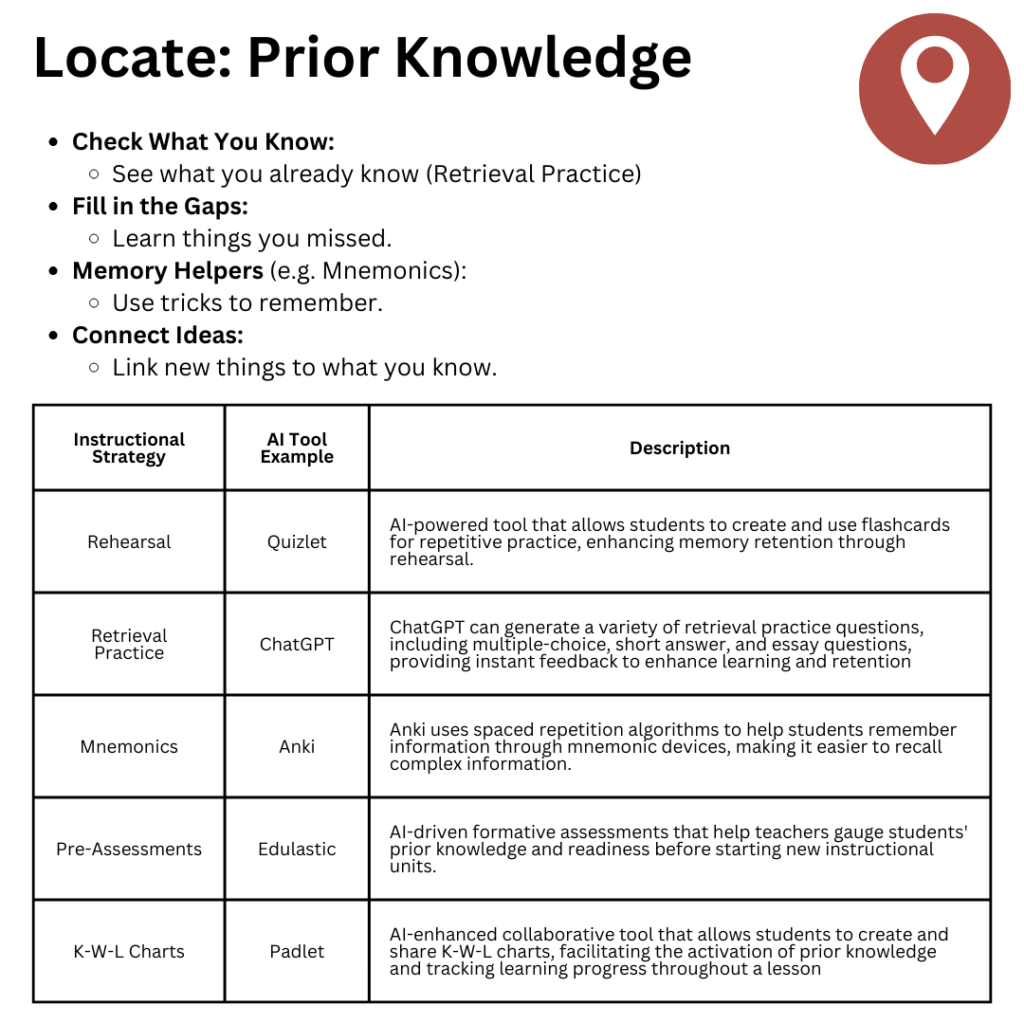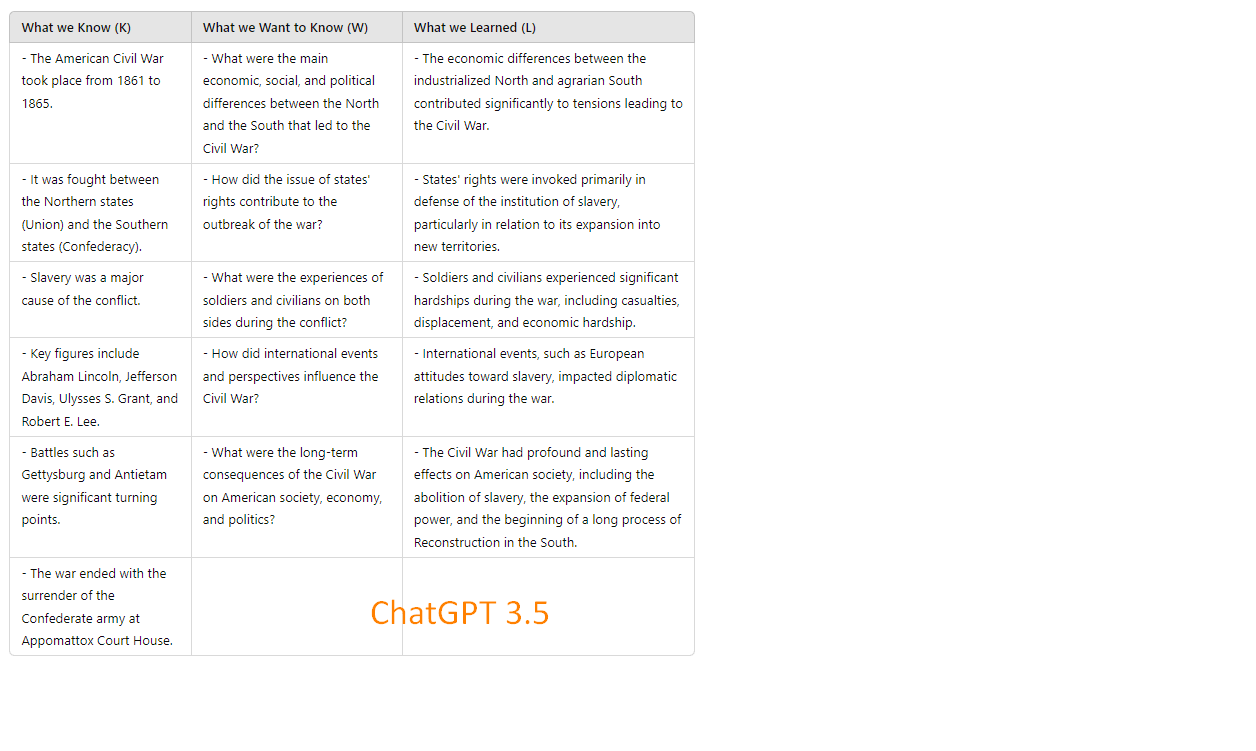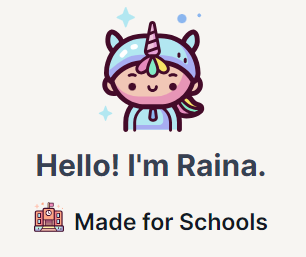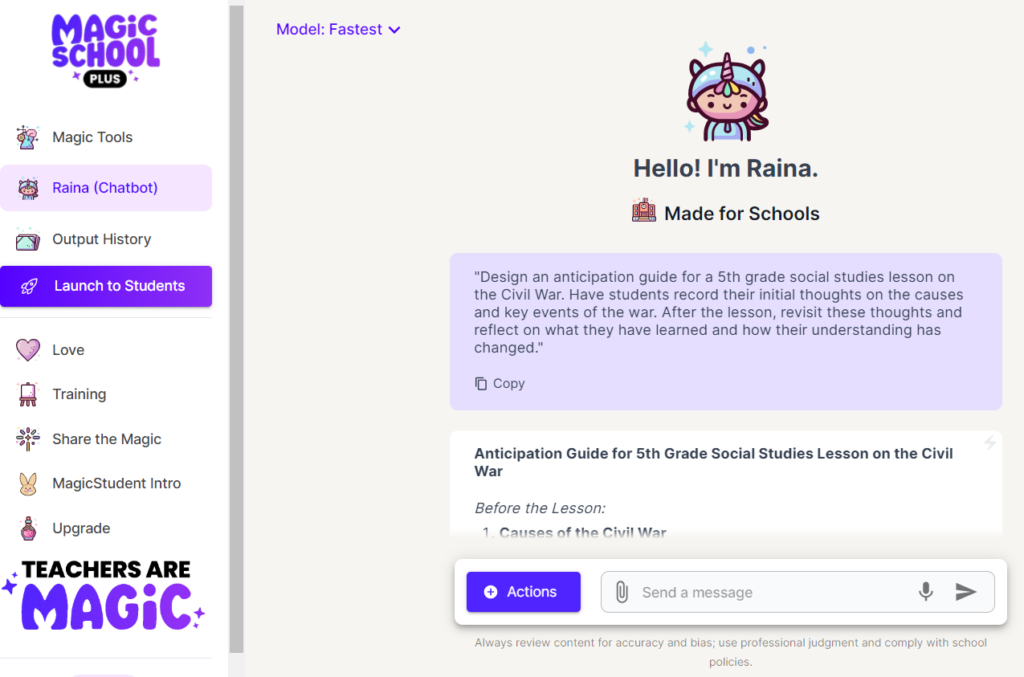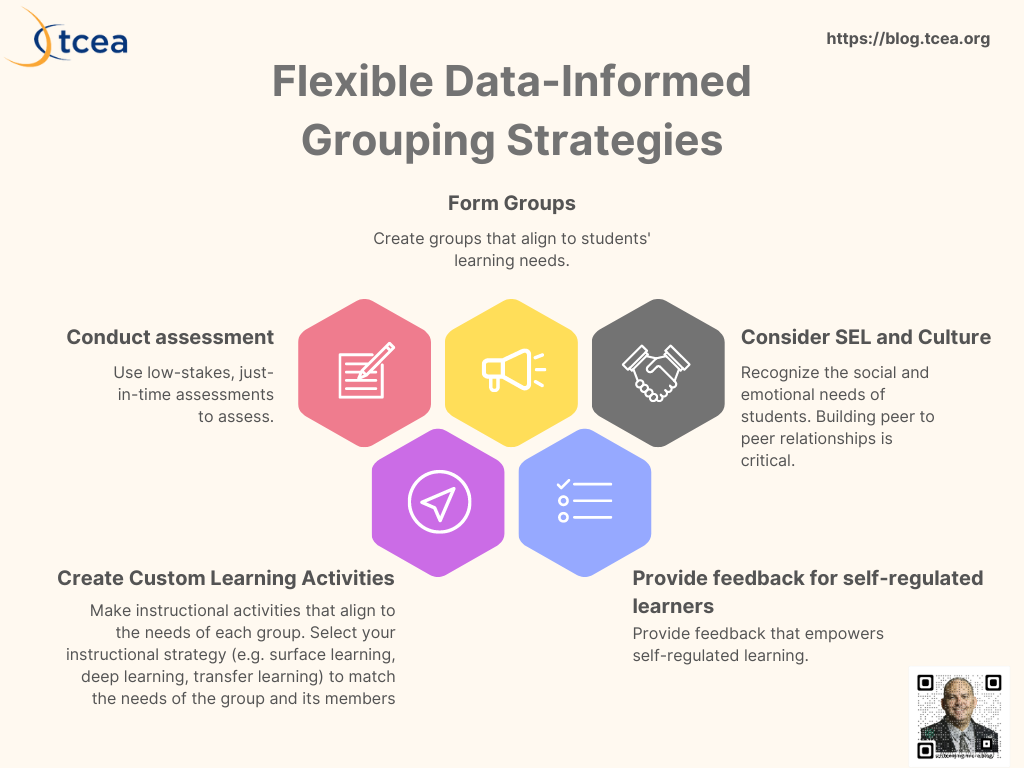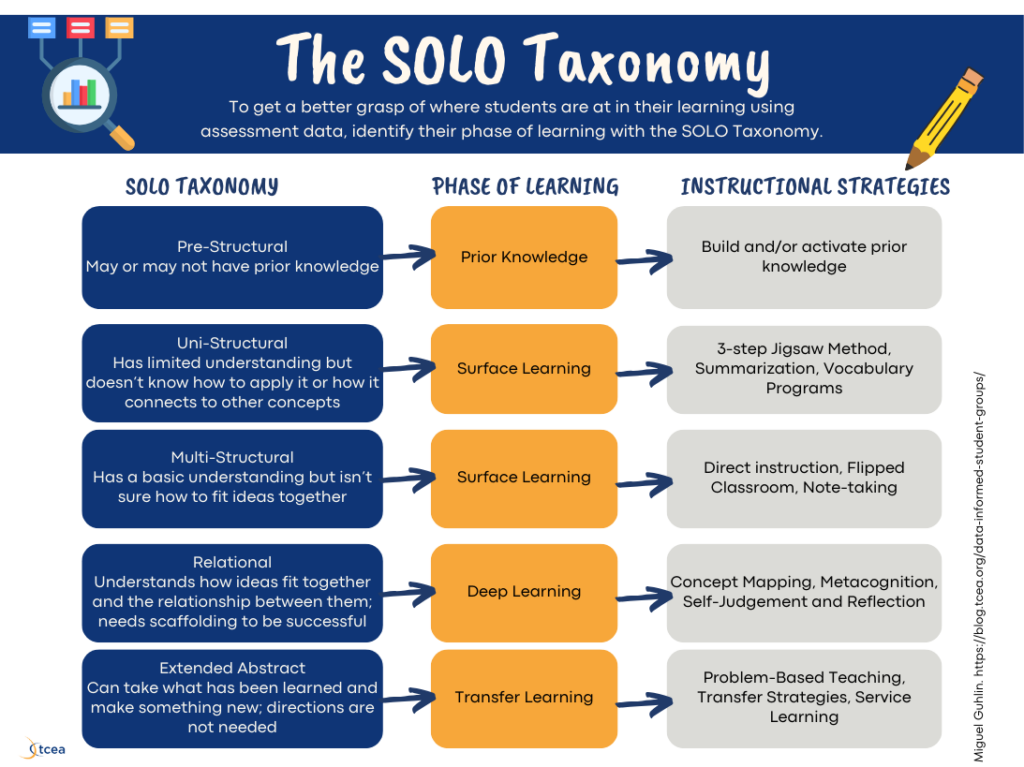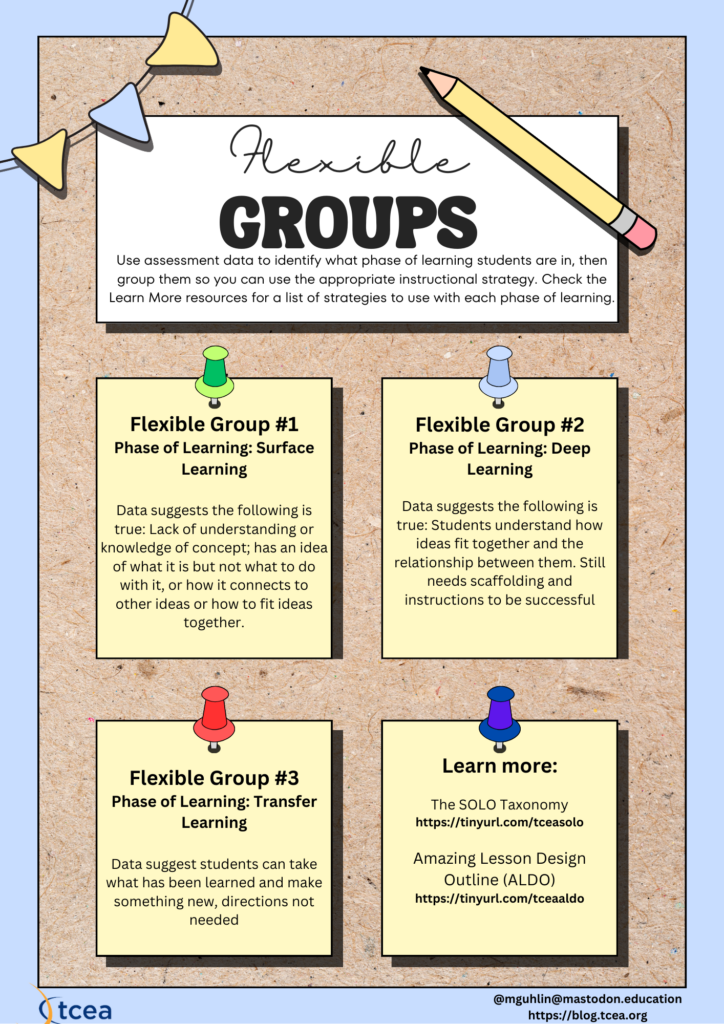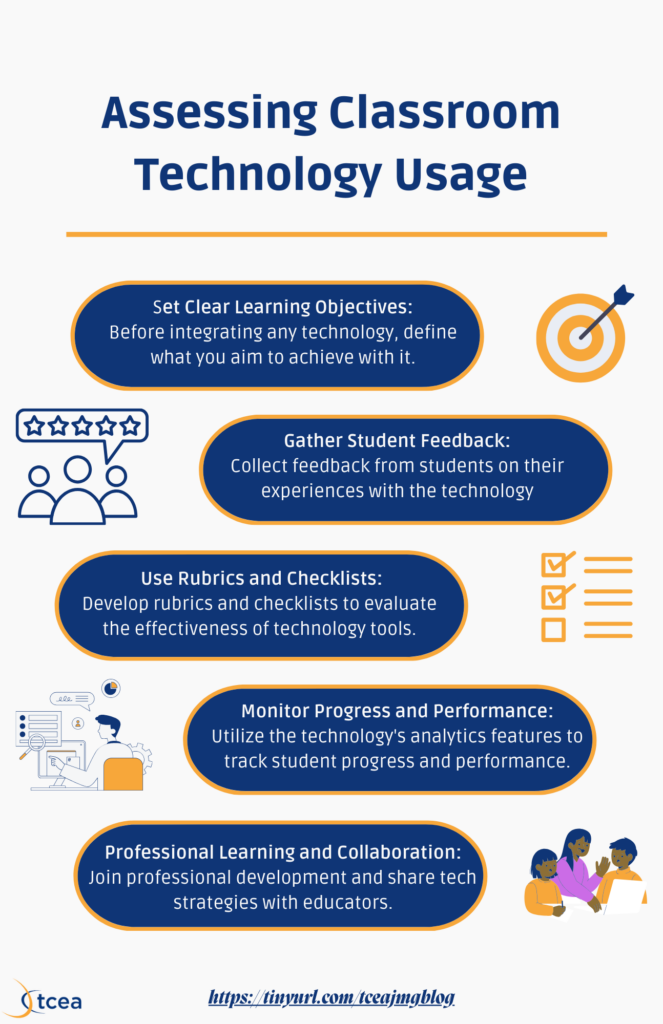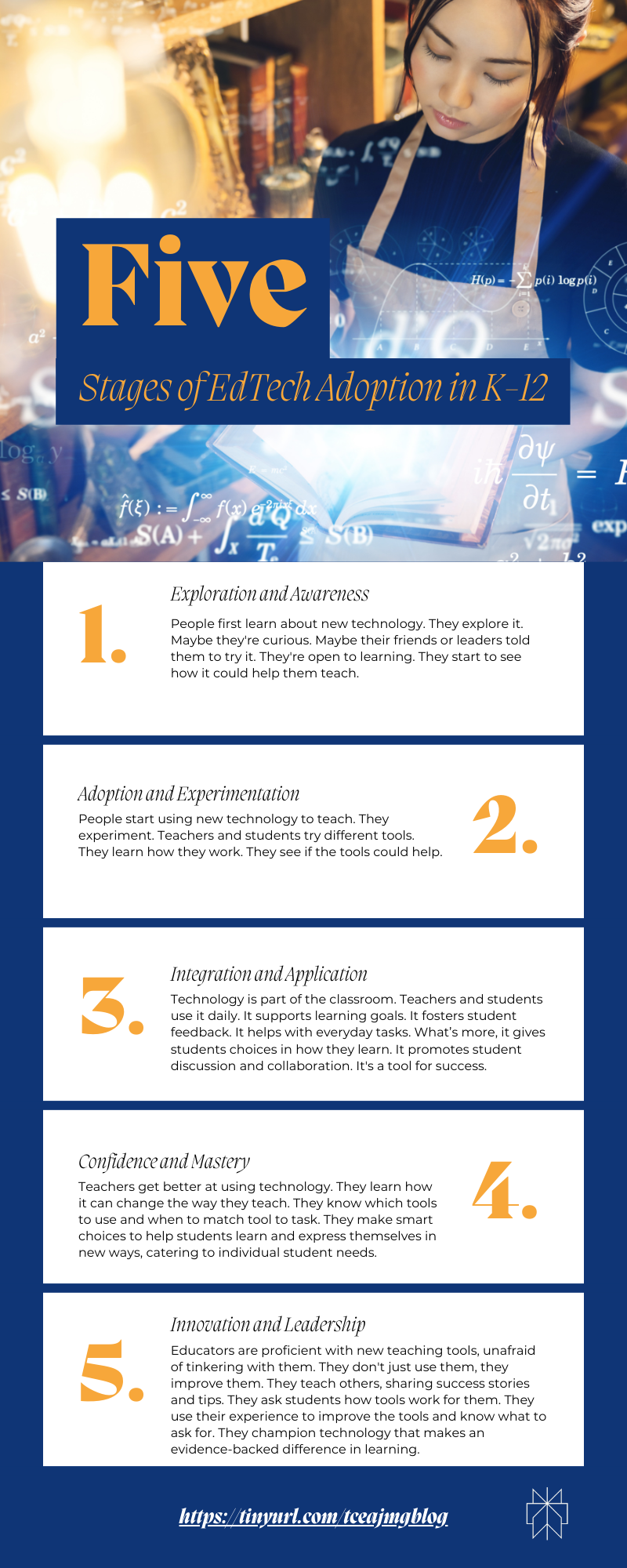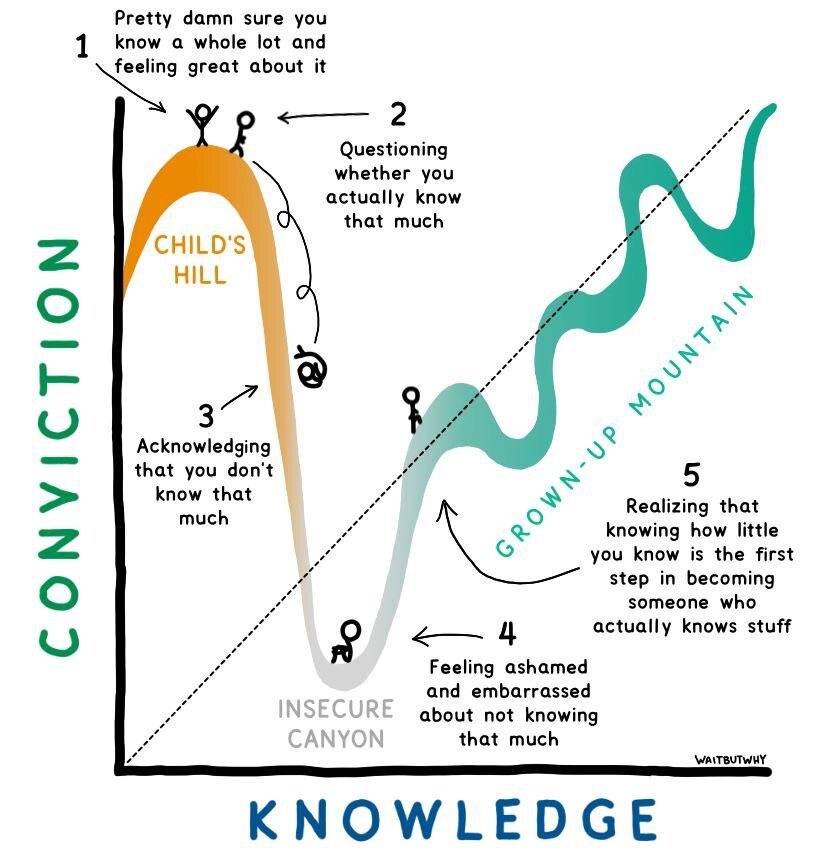“I have been able to give personal feedback on all 85 of my kids’ work today in under 90 minutes,” says Karen Ervin. “They can hear the tone of my voice!”
“Feedback is the most powerful single modification that enhances achievement. The simplest prescription for improving education must be dollops of feedback,” says John Hattie
Our feedback efforts have relied on face-to-face instruction. What happens in remote teaching and learning situations? The inability to emote while giving feedback is frustrating. In this blog entry, we’ll discuss a new solution for voice feedback in G Suite EDU’s products. Those products include Google Docs, Google Classroom, Slides, and Sheets.
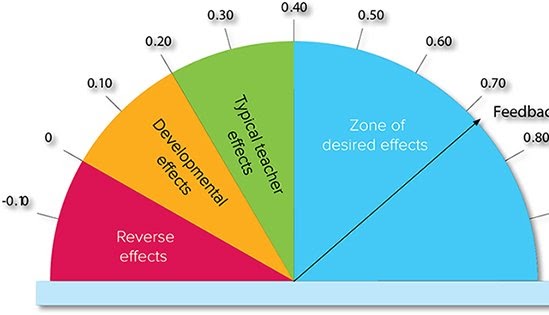 As you may know, John Hattie has something to say about the power of feedback.
As you may know, John Hattie has something to say about the power of feedback.
Feedback’s effect size ranges from 0.62 in the most up-to-date meta-analyses at Visible Learning Meta X to 0.72 as shown in John Hattie’s 2009 book, Visible Learning. Of course, anything greater than 0.40 accelerates student growth in one school year.
Before we jump into digital tools, let’s pause and ask an important question: How do we ensure learners receive the feedback necessary to grow?
Did You Know?
Sign up for one of our Google Certified Educator certifications. You’ll learn about more than Google Meet, as well as earn 12 CPE hours per course. Use these courses to get Google Educator certified. Find out more online.
Defining Feedback
Feedback in the classroom can be defined as “information allowing a learner to reduce the gap between what is evident currently and what could or should be the case.” How does YOUR feedback assist learners in getting from one level of learning to the next?
Feedback strategies are critical to learn. We have to know how to offer feedback for two main reasons:
- Accelerate student learning
- Encourage student ownership of their learning
There is ample research to support Hattie’s assertions regarding feedback. Let’s review some of it.
What the Research Says
Feedback does affect students’ perceptions, speed, and motivation of learning. For example:
- Feedback can have a significant impact on learning, but this impact can be positive or negative depending on the type, delivery, and timing of the feedback. (Hattie and Timperley, 2007)
- Effective feedback doubles the speed of learning. (Dylan William)
- Feedback affects students’ motivation to learn and their perceptions about their intelligence and their ability to learn. (Black and Wiliam 1998, Butler, 1988)
- Descriptive feedback is the most powerful tool for improving student learning. (John Hattie)
There is feedback that does not work. Failed feedback is evaluative (e.g. percentage marks, letter grades). It also fails when it is too frequent. It is ineffective when it focuses on the learner (including praise) rather than on the learner’s work. We know that most teacher feedback is presented to groups. Students think that such group feedback is seldom about them as an individual. Thus, their perception is that they get little feedback from their teacher.
If your feedback for students has been about praise or student focused, how do you shift to more effective feedback?
Power of Feedback: Rays of Sunshine
Words cannot express the appreciation that I have in all you have given to each parent. I am greatly appreciative of your effortless support, constant feedback, communication and making remote learning fun for [student name] and his classmates. He misses you and sends many hugs and kisses. You made his days rays of sunshine with your positive comments on all of his assignments. (Source: Note to teacher from parent during remote learning (April, 2020))
What Feedback Is
“What’s the most effective thing that comes out of my mouth that can help a student get from one level to the next and be successful?” Use that question as a guide to craft effective feedback. A teacher providing feedback is effective when two conditions are met:
- When the teacher shares specific learning goals
- When the teacher discusses success criteria with students
Feedback works when:
- Students learn and their work improves.
- Students become more motivated. They believe they can learn, they want to learn, and they take more control over their own learning.
- Your classroom becomes a safe space where feedback is valued and productive.
We can provide feedback about the goals, progress, and next steps in student learning. Goals focus on the target learning objectives, include success criteria, and start where students are. Progress is made relevant to a standard, prior performance, or success/failure on a specific part of a task. Next steps center around enhanced challenges and improve self-regulation over the learning process. And next steps focus on different strategies and processes to address the task. The goal is to achieve a deeper conceptual understanding.
“Teachers, being nice people, have a lot of praise for kids who struggle. The problem with praise is that it has zero-to-negative impact on improving the task or the work. That isn’t to say you shouldn’t praise kids, because that’s the essence of a lot of relationships. But you should separate it, so when you are talking about the work, you should be talking about the work, not the person.” -John Hattie
You may find this chart useful in differentiating types of feedback. Remember, focus on task, process, and self-regulation. Use praise where it’s most effective to build relationships with students, not spur their work.
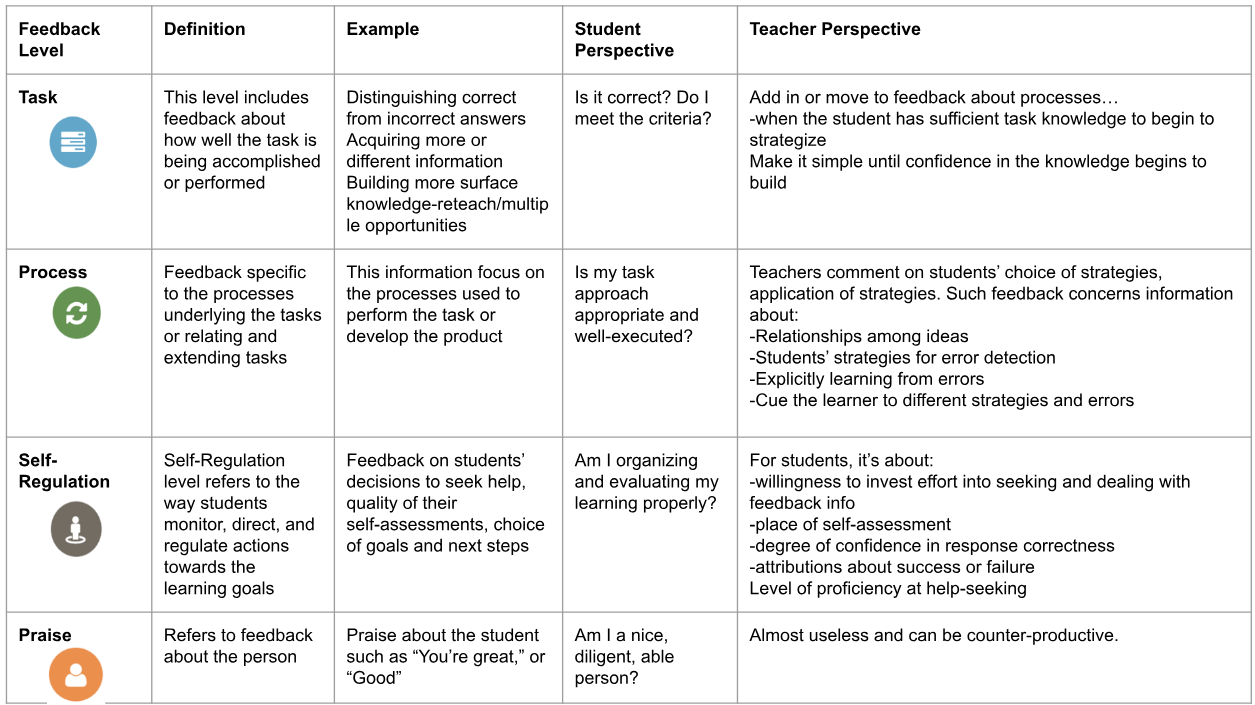
Adapted from David Perkins (2003) The Ladder of Feedback and John Hattie (2014) The Power of Feedback. You can also:
Get Your Own Copy in Google Slides format
How to Structure Feedback
Wondering how to structure your feedback? Follow these guidelines:
- Make sure the feedback is factual, objective, and safe.
- Prioritize feedback to address the most important needs first.
- Limit the feedback to two to three specific recommendations linked to the learning goal(s).
- Ask a student to tell you what he thinks you are trying to say to him.
- Provide elaborated feedback (describing the what, how, why) in manageable units (don’t overload).
- “In light of what I have provided you, what would you best do next?”
Now that we’ve revisited key concepts of feedback, what digital tool could we use to provide it?
Note: Here are some specific links you may want to review to learn more about feedback.
Digital Audio/Annotation Tools for Spoken Feedback
One of the specific challenges we face during remote teaching is providing spoken feedback to students. We are able to record videos of student work and post them in Google Drive. This can become cumbersome for the teacher with 85 students. Tools like Microsoft OneNote and Seesaw allow for easy audio recordings so that teachers are able to leave their feedback. But how can we do the same in Google Workspace for Education?
Some digital tools you may be using now include the ones shown below. If you are not familiar with these, here’s a quick overview of each:
- Kaizena: Makes it easy to save voice comments, embed explainer videos, track skills, and auto-complete rubrics.
- Talk and Comment – Voice Notes anywhere:
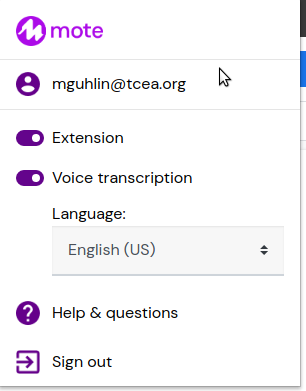
Time to welcome a newcomer to the spoken feedback scene.
Meet Mote for Voices Notes
A newcomer is the mote Chrome extension. It tries to make it easy for you to add voice note feedback for students. With mote, you can give spoken feedback within Google Docs, Google Classroom, Slides, and Sheets.
Mote describes its benefits in this way:
- Create a voice note – click the mote icon in any Comment box
- Edit your voice note transcript – click ‘Edit’ on any voice note card
- View web page previews within Comment fields – just paste your URL
- Easily add an emoji to your comments. For example, to give a thumbs up, just type :+1 (Source: Email, Will Jackson, mote)
This animated gif of mote’s new user tutorial provides a speedy summary of how to use it:
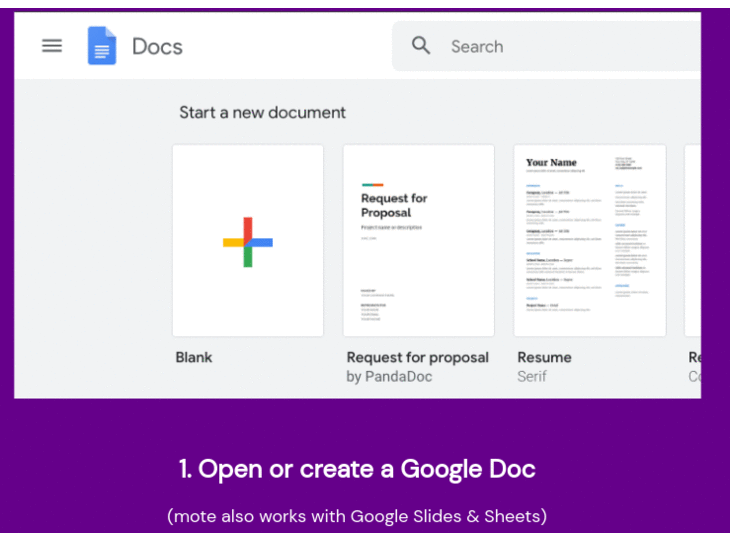
Using mote is easy. Below, you’ll see what it looks like. The steps involve highlighting text, clicking the Add Comment button, then using mote to record your spoken feedback.
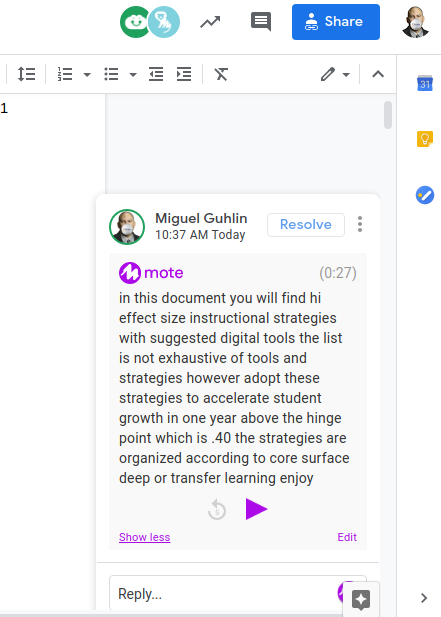
Learning how to give feedback remains of paramount importance. Affect, as much as the content of your feedback, communicates emotion in many ways. Mote makes that easy.


